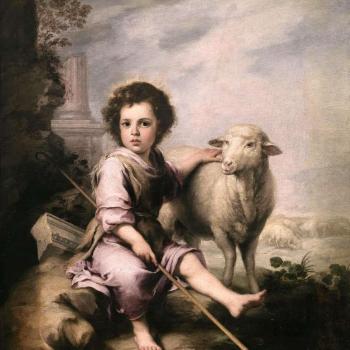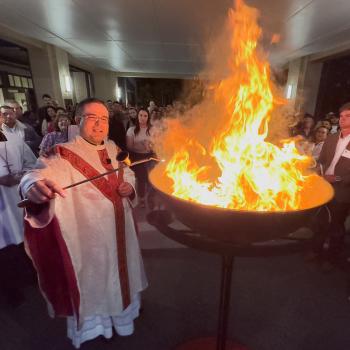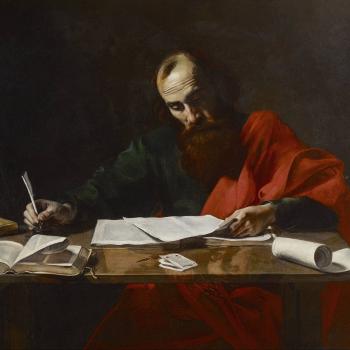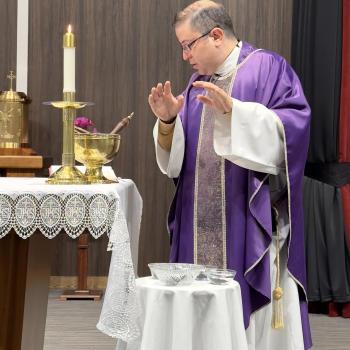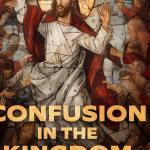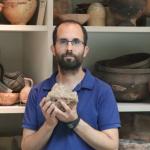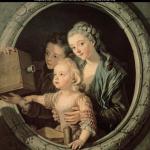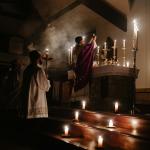Two years ago Lent began with a historic surprise. As I got ready to begin the day on February 11th, 2013, I was listening to the radio as I always do. The reporter that morning seemed to make little sense. I assumed I had misunderstood since I had been shaving. I paused my morning routine and stared at the radio to fine tune my hearing. I could not believe what I heard, Pope Benedict XVI had resigned.
I immediately recalled the last time a Pope resigned, it had been seven hundred years ago. The hermit Pope Celestine V resigned under very questionable circumstances in the late 13th century. The cardinal who suggested it and then encouraged him to retire became his successor, the troublesome Boniface VIII who died as a prisoner of the king of France. On April 28th, 2009, while visiting the Italian province of l’Aquila, Pope Benedict visited the tomb of Pope Celestine V and left as a gift his pallium. Many have wondered in retrospect if Benedict was already considering retirement at that time, hence this unexpected gesture of leaving his pallium at the tomb of the retired Pope. In his announcement he affirmed that he retired because “my strengths, due to an advanced age, are no longer suited to an adequate exercise of the Petrine ministry.
Not long after the retirement, the church was once again surprised by the election of a Latin American Jesuit who took the name of Francis. At first the press insisted in creating friction between the two men, forgetting that as innovative as Francis seemed, Benedict had been the true innovator. If it was not for Benedict’s bold move which broke away from tradition, Francis would have not become Pope at that precise moment in history.
Pope Francis may not quote the Second Vatican Council as often as his predecessors, nor speak as eloquently and precisely as them, yet in his informal and colloquial manner, he radiates and practices the hopes of the Second Vatican Council. Francis is a man who offers mankind hope grounded in Christ, not just wishful thinking. This is hope that dissipates fear and leads to concrete action. This man of contagious hope and joy is inspiring millions of Catholics and non-Catholics alike, reminding the world that the message of the Gospel is relevant and applicable in these modern times.







